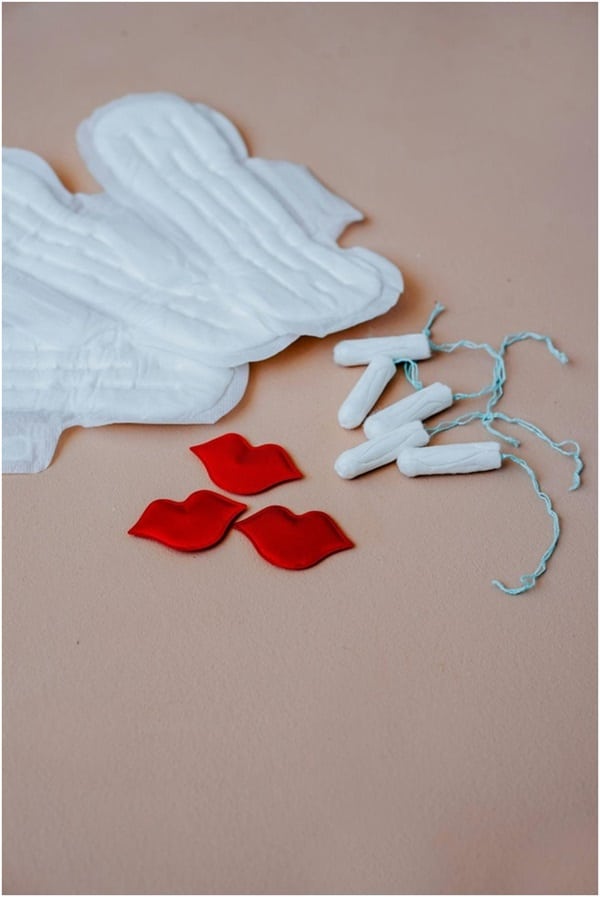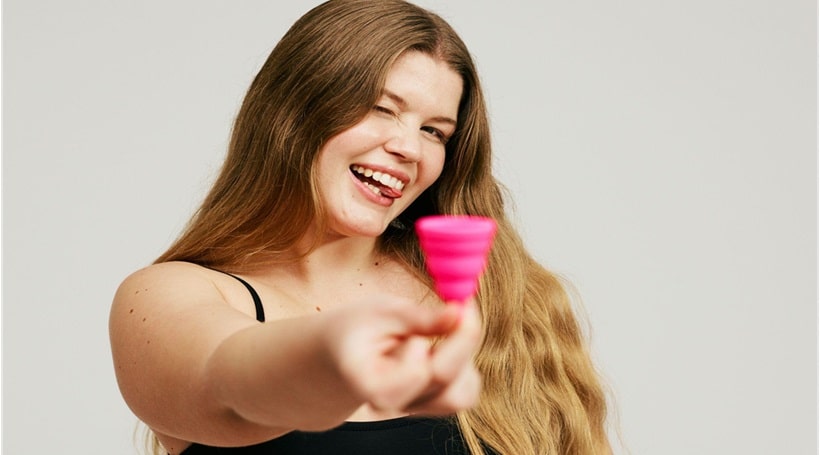Last Updated on January 1, 2025
With the variety of options available today, finding the ideal menstrual product for you can take a bit of trial and error. Among the most popular choices are menstrual cups, tampons, and pads. Menstrual cups are flexible, reusable devices made of medical-grade silicone or latex that collect menstrual fluid. Tampons are compact, cylindrical products inserted into the vagina to absorb fluid, while pads are worn externally to absorb menstrual flow. Each of these products has its unique benefits and drawbacks, making it essential to understand them to choose the best option for your lifestyle and needs. This article will delve into the pros and cons of menstrual cups, tampons, and pads, providing you with the information needed to make an informed decision.
The Main Options
When it comes to menstrual products, understanding the basics is crucial. Here’s a brief overview of the three most popular options:
Menstrual Cups: These are flexible, reusable cups made from medical-grade silicone or rubber. Designed to collect menstrual fluid rather than absorb it, menstrual cups can be worn for up to 12 hours and are known for their eco-friendliness and cost-effectiveness over time. They come in various sizes and styles to fit different body types and flow levels.
Tampons: Tampons are compact, cylindrical plugs made from absorbent materials like cotton or rayon. Inserted directly into the vagina, tampons absorb menstrual fluid before it leaves the body. They come with or without applicators and in different absorbency levels to match varying flow intensities. Tampons are convenient for active lifestyles and are widely available.
Pads: Also known as sanitary napkins, pads are worn externally and adhere to the inside of underwear to absorb menstrual flow. They come in a range of sizes, thicknesses, and absorbency levels, often with wings to help them stay in place. Pads are straightforward to use and are a go-to for many who prefer a non-invasive option.
Pros and Cons of Menstrual Cups
Pros
Reusable and Environmentally Friendly: Menstrual cups are a sustainable choice for those looking to reduce their environmental footprint. Unlike disposable products, a single cup can be reused for years with proper care. This drastically cuts down on the waste generated by traditional menstrual products.
Cost-Effective Over Time: While the upfront cost of a menstrual cup may be higher than that of a box of tampons or pads, the long-term savings are significant. Since one cup can last for several years, you’ll save money in the long run by not having to buy disposable products every month.
Can Be Worn for Up to 12 Hours: One of the standout features of menstrual cups is their capacity. Depending on your flow, a menstrual cup can be worn for up to 12 hours before needing to be emptied. This means fewer trips to the bathroom and more convenience, especially on busy days or while traveling.
Fewer Chemicals and Reduced Risk of Toxic Shock Syndrome (TSS): Menstrual cups are typically made from medical-grade silicone or rubber, materials that are free from the bleaches, dyes, and chemicals often found in tampons and pads. Additionally, the risk of TSS, a rare but serious condition associated with tampon use, is significantly lower with menstrual cups. This makes them a safer option for many users.
Choosing a menstrual cup can be a game-changer for those seeking a sustainable, cost-effective, and low-maintenance menstrual product.

Pros and Cons of Tampons
Pros:
Discreet and Easy to Carry: Tampons are incredibly small and portable, making them easy to stash in a pocket, purse, or gym bag without taking up much space. This makes them a discreet option for managing your period on the go.
Convenient for Active Lifestyles: Whether you’re running, swimming, or hitting the gym, tampons offer the freedom to stay active without worrying about your menstrual flow. Their design allows for a full range of movement, making them a favorite among athletes and active individuals.
Wide Availability and Variety: Tampons are widely available in most drugstores and supermarkets, ensuring you can find them wherever you go. They come in various absorbencies and with or without applicators, catering to different flow levels and personal preferences.
Cons:
Single-Use, Contributing to Environmental Waste: One of the significant drawbacks of tampons is their single-use nature. Each tampon you use adds to the growing amount of menstrual product waste, which contributes to environmental pollution and landfill overflow.
Risk of Toxic Shock Syndrome (TSS): Tampons come with a risk of Toxic Shock Syndrome, a rare but serious condition. The risk is higher if tampons are left in for too long, highlighting the importance of following recommended usage guidelines.
Potential for Vaginal Dryness and Irritation: Some users may experience vaginal dryness or irritation due to the absorbent materials in tampons. This can make insertion and removal uncomfortable, and it might not be the best choice for everyone.
Pros and Cons of Pads
Pros:
Easy to Use, Especially for Beginners: Pads are straightforward to use, making them an excellent choice for those new to menstruation. Simply peel off the adhesive backing and press them onto your underwear – no intricate insertion process required.
No Risk of TSS: Unlike tampons, pads do not carry the risk of Toxic Shock Syndrome (TSS). This makes them a safer option for overnight use or for those who prefer to avoid internal menstrual products.
Available in Different Sizes and Absorbencies: Pads come in a variety of sizes, thicknesses, and absorbency levels to cater to light, moderate, or heavy flow days. This versatility ensures you can find the perfect pad for every stage of your menstrual cycle.
Cons:
Single-Use, Generating a Lot of Waste: Similar to tampons, pads are single-use items that contribute to environmental waste. The packaging and the pads themselves add up over time, leading to a significant environmental footprint.
Can Feel Bulky and Uncomfortable: Some people find pads bulky, especially the more absorbent varieties. They can sometimes shift or bunch up, leading to discomfort and a feeling of bulkiness that may be bothersome during daily activities.
May Cause Skin Irritation or Rashes: The materials and adhesives used in pads can sometimes cause skin irritation or rashes, particularly for those with sensitive skin. Prolonged use in hot or humid conditions can exacerbate this issue, leading to discomfort.
Conclusion
Choosing the right menstrual product is a personal decision that depends on individual needs, preferences, and lifestyle. Menstrual cups, tampons, and pads each offer distinct advantages and have their own set of drawbacks. Ultimately, the best choice varies from person to person. By weighing the pros and cons of each option, you can make an informed decision that suits your body and lifestyle. Remember, there’s no one-size-fits-all answer, and it’s perfectly okay to try different products until you find what works best for you.

